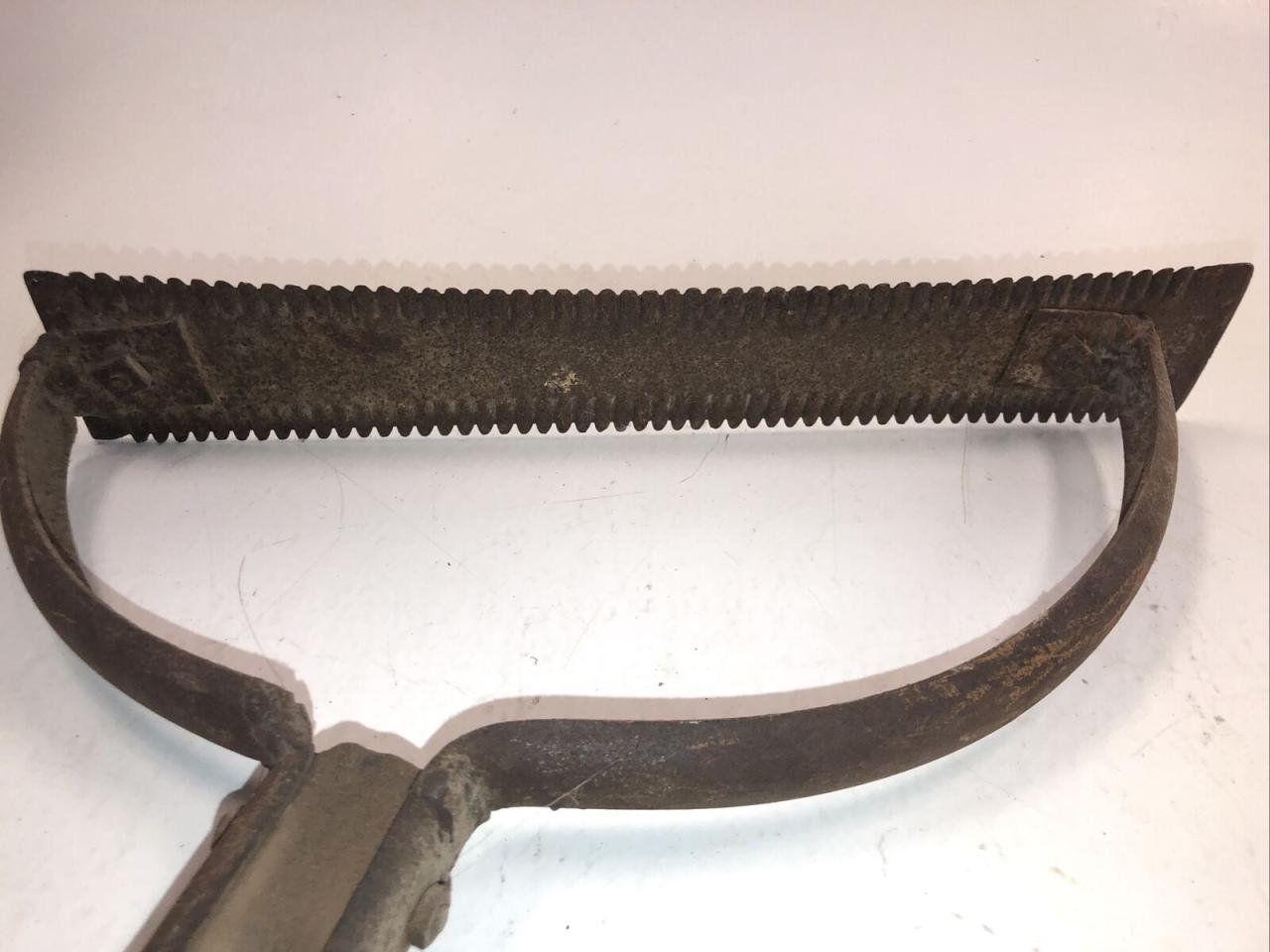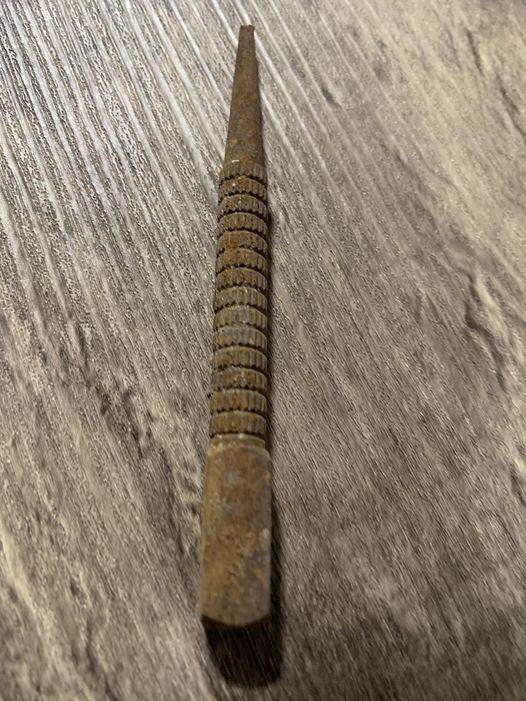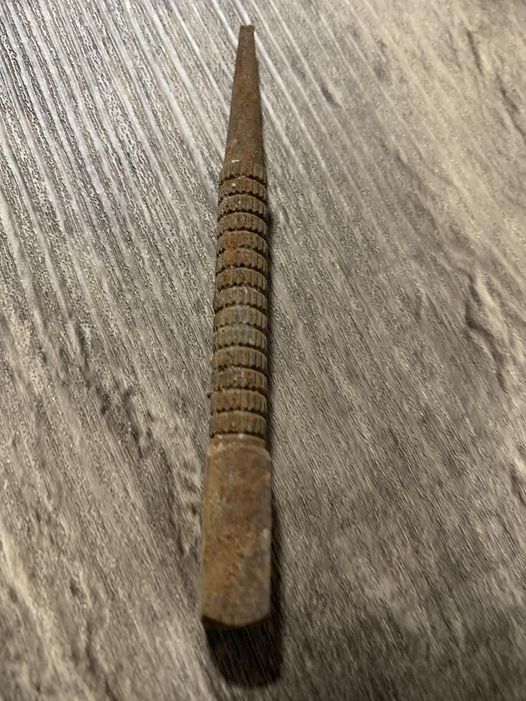In the era of high-tech homes and automated garden solutions, there’s a special charm in the tactile experience of using traditional hand tools for yard work. One such classic tool seeing a resurgence in popularity is the manual edger — a device that demonstrates the lasting value of traditional yard care methods.
The manual edger, also known as a step edger or half-moon edger, harks back to a time when spending the weekend tending to your yard was a staple activity. It’s a marvel of simplicity in design: a T-shaped tool with a serrated semi-circular blade that’s affixed to a wooden handle about three feet tall. The robust metal blade, often made of iron or steel, is what gives the manual edger its distinctive effectiveness.Tasked with trimming the edges of your lawn, this tool requires a bit of muscle and technique. The user must place the blade at the edge of the grass, step down firmly to cut through the turf, and then pull back to create a sharp, clean line. This method not only fosters physical activity but also adds a rhythmic, almost meditative quality to the task.
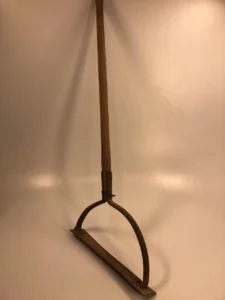
Using a manual edger brings about a deeper connection with the gardening process, offering a physical testament to the hard work put into maintaining one’s environment. The dirt under your fingernails and the sweat on your brow serve as badges of diligence and personal touch.
In this digital age where many seek mindfulness and respite from continual screen exposure, turning to a manual edger provides a perfect opportunity to disconnect. The simple, repetitive motion of the blade through the soil offers a therapeutic rhythm, channeling one’s thoughts away from daily stresses and into the grounding task at hand.Additionally, the environmental benefit of employing a manual edger over power edgers cannot be underestimated. Manual edgers generate no emissions, run silently, and require no fuel or electricity, thus representing an eco-friendly option for the environmentally conscious gardener.
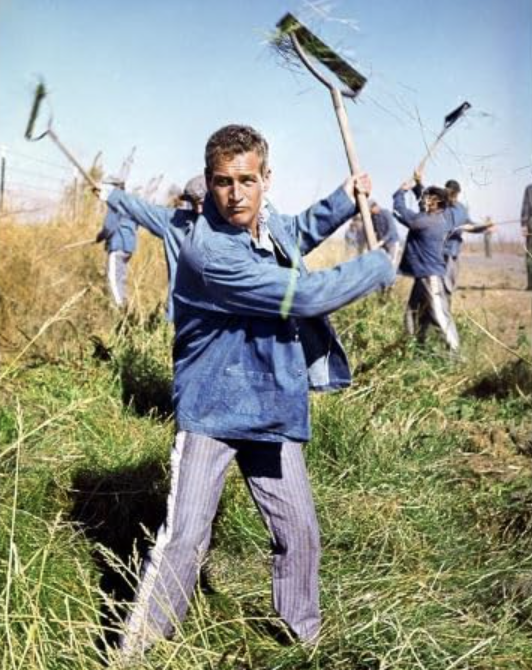
The durable construction of the manual edger ensures it can withstand the test of time, often outlasting more modern, less robust garden tools. Its longevity, along with the potential for repair and maintenance, means it can be cherished and even passed down through generations.The allure of the manual edger isn’t just in its practical benefits or its contribution to sustainability; it’s also about embracing a more engaged, hands-on approach to yard care that respects and harmonizes with natural cycles. It is a symbol of a time when “powered by humans” was a norm, serving as a poignant reminder of the intrinsic value found in straightforward, manual labor.
